(NLDO) - The 165 million-year-old monster Alpkarakush kyrgyzicus is a previously unknown species.
According to Newsweek, paleontologists have unearthed partial fossils of two Jurassic monsters in the Balabansai Formation north of the Fergana Depression in Kyrgyzstan.
They were identified as two theropod dinosaurs belonging to a species completely unrecorded anywhere else in the world.
These are also the first Jurassic theropod dinosaur specimens found in Central Asia.
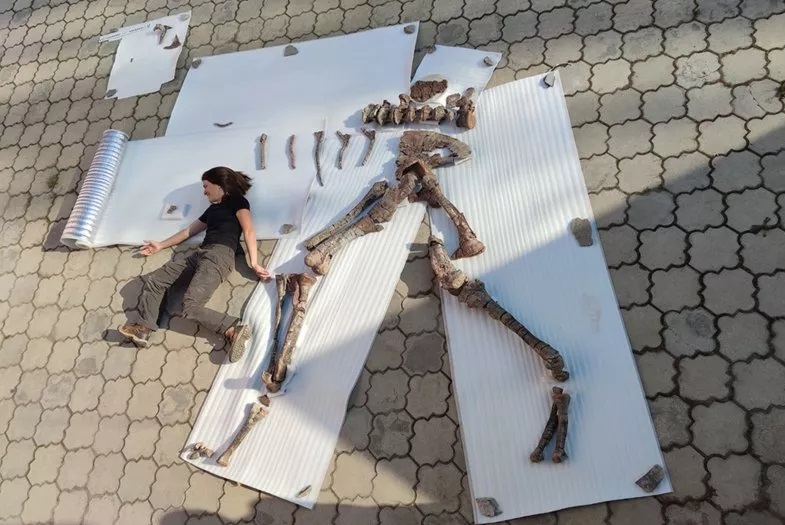
A research team member lies next to the skeleton of an adult monster to compare sizes - Photo: Oliver Rauhut/NEWSWEEK
The new species, named Alpkarakush kyrgyzicus by scientists, were giant carnivorous monsters.
In two specimens, the adult was determined to be about 17 years old at death and had a body length of up to 7–8 m in life.
According to a description in the scientific journal Zoological Journal of the Linnean Society , the specimens that scientists obtained included some skull bones, lumbar and sacral vertebrae, and fragments of bones in the chest, pelvis and limbs.
Although not a complete monster skeleton, the bones were enough for paleontologists to visualize and classify the animal.
These two Alpkarakush kyrgyzicus lived about 165 million years ago, during the middle Jurassic period.
The appearance of two specimens side by side suggests that the species has gregarious behavior.

Graphic showing the ferocious appearance of the Jurassic carnivorous monster - Photo: Joschua Knüppe
As theropods, they would have had the same shape as the T-rex - the most famous theropod - and characteristics such as hollow bones and 3-toed limbs, mainly walking on 2 hind legs and eating meat, 2 shrunken front legs...
This fearsome group of dinosaurs first appeared about 230 million years ago, at the end of the Triassic period.
The new species belongs to the family Metriacanthosauridae, a group of medium- to large-sized theropod dinosaurs characterized by highly curved skulls, long, disc-shaped neural spines, and slender hind limbs.
This family of dinosaurs may have originated in Southeast Asia, then dispersed into present-day China - where many specimens have been found - and then continued to spread into Central Asia.
According to Professor Oliver Rauhut from the Bavarian State Collection of Paleontology and Geology, head of the multinational research team, the new discovery in Kyrgyzstan has filled a big gap in our knowledge of Jurassic theropod dinosaurs.
Source: https://nld.com.vn/lo-dien-loai-quai-vat-an-thit-moi-dai-den-8-mo-trung-a-196240824085548816.htm





![[Photo] Closing of the 11th Conference of the 13th Central Committee of the Communist Party of Vietnam](https://vstatic.vietnam.vn/vietnam/resource/IMAGE/2025/4/12/114b57fe6e9b4814a5ddfacf6dfe5b7f)


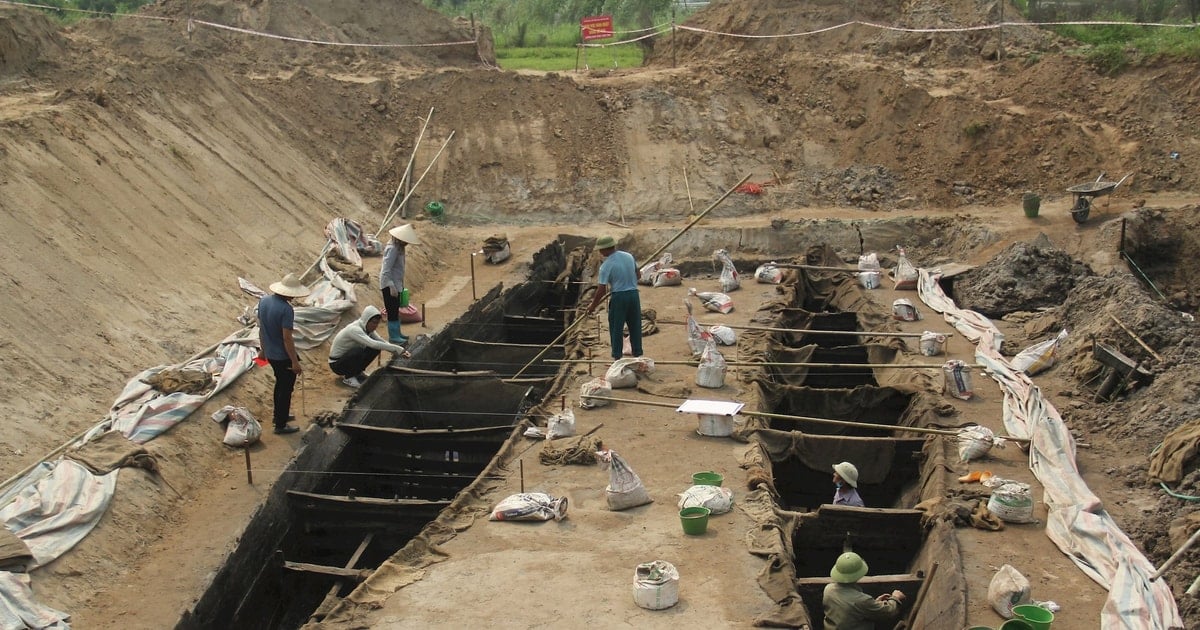

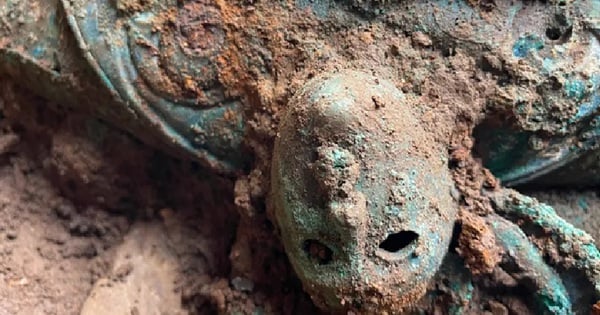
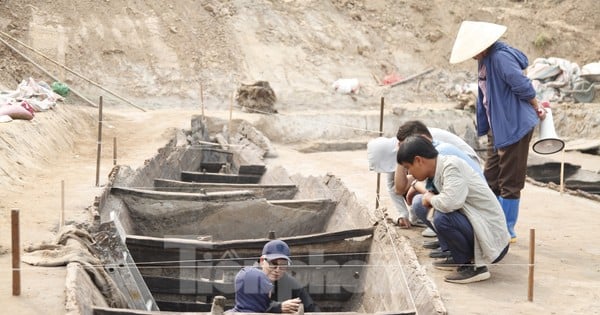

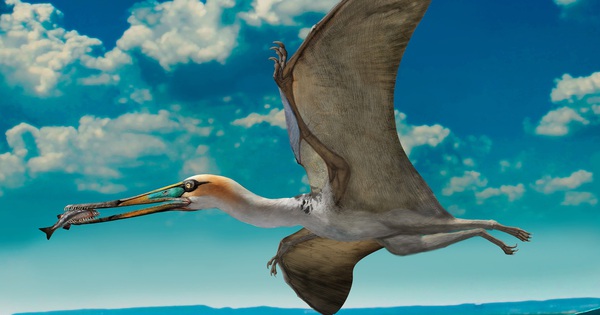
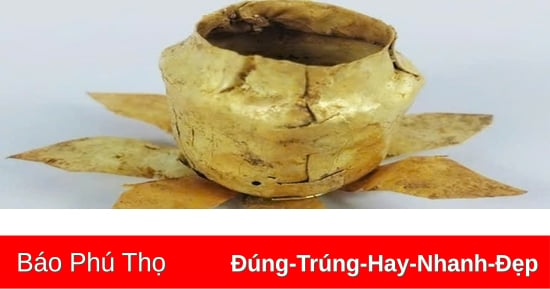

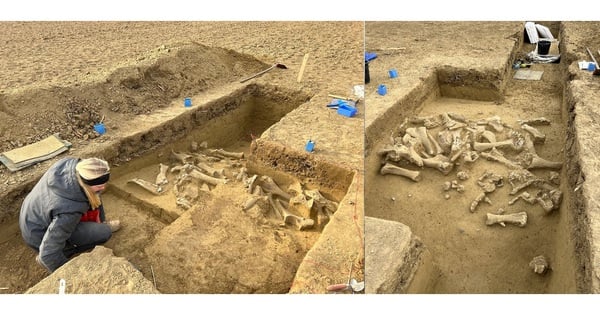

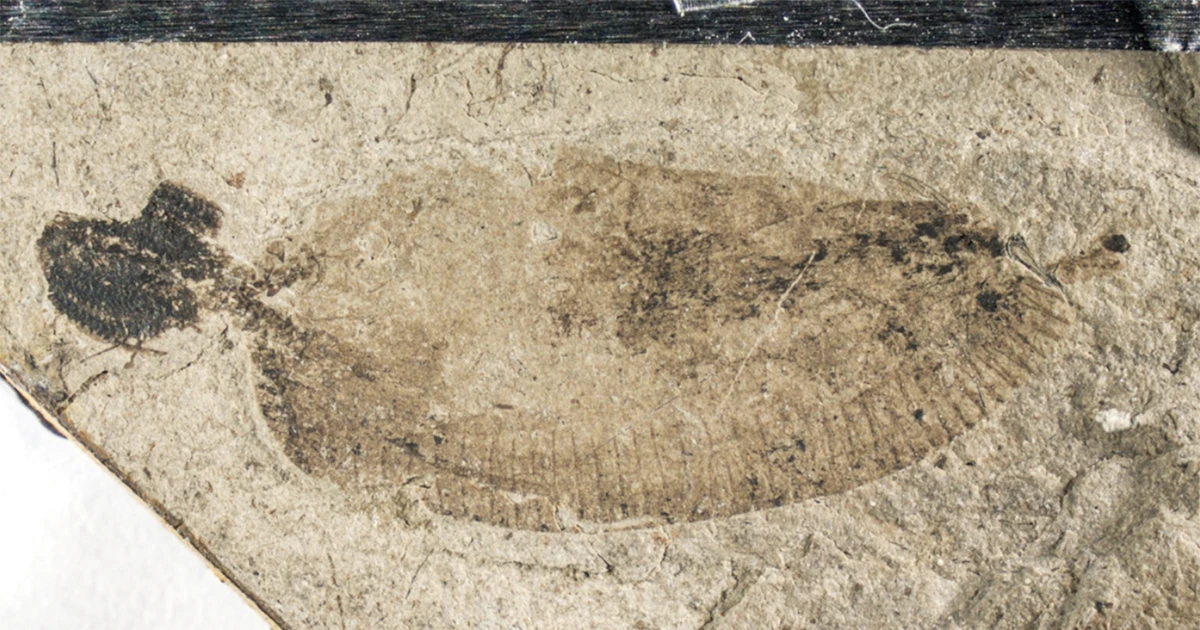













![[Photo] Overcoming all difficulties, speeding up construction progress of Hoa Binh Hydropower Plant Expansion Project](https://vstatic.vietnam.vn/vietnam/resource/IMAGE/2025/4/12/bff04b551e98484c84d74c8faa3526e0)






























































Comment (0)